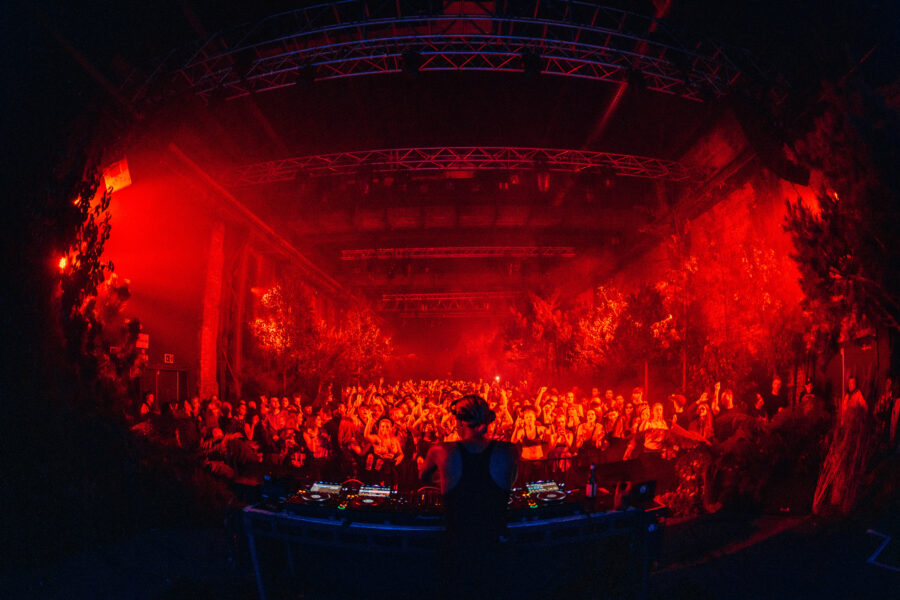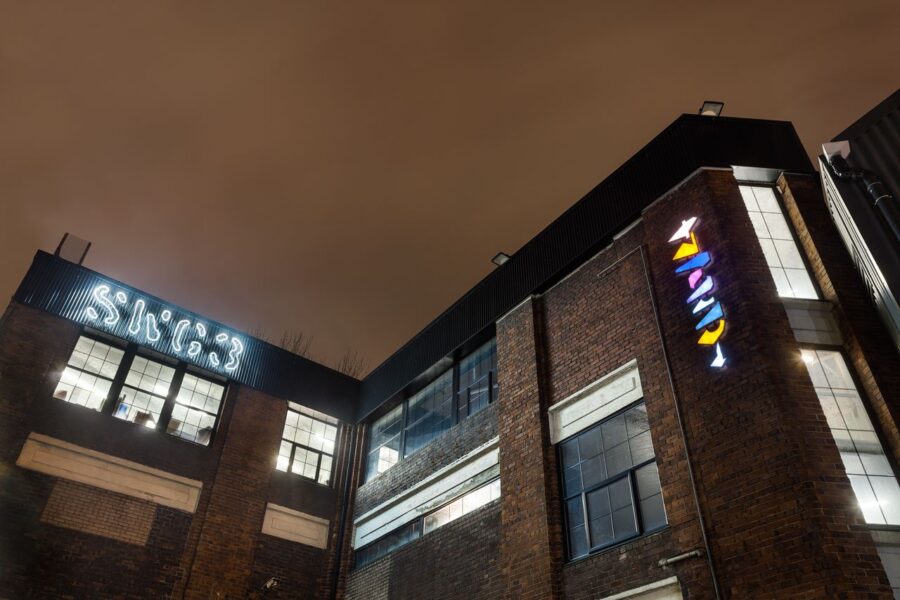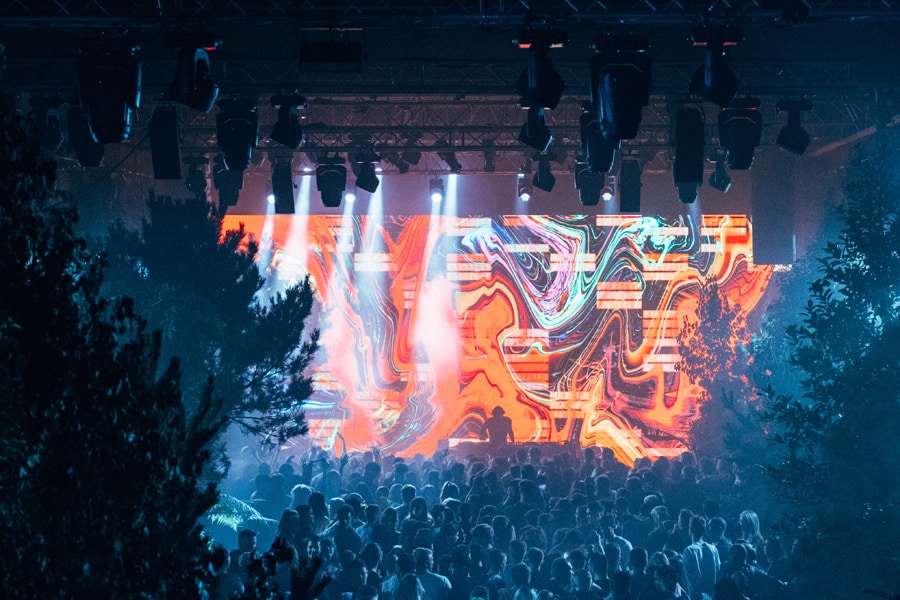Maybe you’ve been there—the music is bumping; the vibe is right. Many people could spend all night on the dance floor in a happening night club, especially when they’re young—if only most dance clubs weren’t so hot. Those sweaty, packed clubs might not be the most comfortable places to be, but as Glasgow-based venue SWG3 has discovered, such heat-generating hot boxes can be a potent source of clean geothermal energy.
Built spoke to David Townsend, director and founder of the award-winning geothermal energy consultancy TownRock Energy, about how one dance club has become an unlikely power source.
An unusual power source
Townsend has nurtured a lifelong fascination with geothermal energy. “My whole career, since founding TownRock Energy in 2013 right out of university where I studied geology, has been focused on exploring and applying all of the ways that heating and cooling can be provided from technologies installed in the ground,” he said.
Because of his passion for all things geothermal, it’s no surprise that the concept for SWG3’s innovative body-heat-powered dance floor came to him long before he consulted with Andrew Fleming-Brown, SWG3’s owner, about transforming the arts and events venue into the world’s first geothermally powered night club.
“The inspiration started when I was overheating at the front of a music gig in a poorly ventilated club and realized how much heat is given off by the crowd,” Townsend said. “But the idea didn’t fully materialize until my first meeting with Andrew.”
Curious why 3 million AECO professionals worldwide use Bluebeam to finish projects faster?



Once the two put their heads together, they realized that all that power Fleming-Brown’s dancers and event attendees were generating could be put to good use.
“This type of geothermal energy technology has many advantages,” Townsend said. “It’s very high efficiency. Typically, one unit of electricity in gives four to five units of heat out, which increases when the boreholes have been previously heated up during a cooling cycle. It also has minimal surface impact, since all of the new plant is contained within a repurposed shipping container, and the rest of the infrastructure is all buried underground and silent.”

On top of that, Townsend’s storage solutions mean that all the energy the system is generating will be put to good use. “Nothing is wasted,” he said. “Using geothermal storage allows for heat to be stored over days, weeks, months and even years, as opposed to hot water tanks, which store for a mere couple of days, or air-conditioning, which does not store any heat.”
Making the dance-floor-powered club a reality
While the concept of a dance-floor-powered space might have been intuitive, Townsend said it took creativity and thinking outside the box to turn the idea into reality.
“Every dance floor that has hundreds or more people and good music generates heat, but capturing this heat and storing it for use another day is an innovative process,” Townsend said.
First, the system must efficiently remove heat and moisture from the occupied space, so the process can begin. “Air-conditioning units in the ceiling, which remove heat and moisture from the air, transferring the heat into refrigerant, which runs through pipes to the heat pumps,” Townsend said.
From there, the heat travels throughout the club. “The heat pumps transfer the heat to a 2.5 km loop of vertical borehole pipes via a water-based circulating fluid,” Townsend said. “This cycle can be reversed to bring heat back out of the ground and into the dance floor (literally, as it also connects to underfloor heating).”
At the end of its journey, the heat is efficiently stored until it is needed to provide energy. “Heat is stored underground in the rocks beneath the community garden,” Townsend said.

After designing the system, construction began. “The construction program, including tendering to secure contractors and permitting, ran from July 2021 through to August 2022,” Townsend said. “COVID and the associated meltdown in the global supply chain caused a few headaches and delays.”
Once those delays were resolved, “90% of the construction itself was carried out from January to June 2022,” he said, before the club was ready to open. “The system has been operating since September 2022,” Townsend said, later adding that, “patrons have been excited to hear about the technology, and the story has been incredibly well received on social and mainstream media.”
A greener, groovier future
“This is the first time that geothermal boreholes have been used to store body heat from dancers in a club,” Townsend said. But he hopes that it won’t be the last.
“All venues should be using this technology in some form, so as to eliminate fossil fuel use for heating and hot water,” he said. “The biggest barrier we are facing is that most venues do not own their building and the landlords are challenging to engage.”
With an increasing number of governmental organizations valuing green energy and building technologies, future incentives like subsidies and tax credits could help persuade venue owners to adopt similar solutions, or at least take a second look at areas where their spaces could easily go green.
Ultimately, Townsend said he hopes SWG3 will inspire construction professionals outside the nightlife world to take a closer look at the natural sources of clean, geothermal energy that surround us. “We hope this inspires everyone to think about how waste can be repurposed to have value,” Townsend said. “In cities waste heat is everywhere, and if we captured, stored it in the ground and reused it we would be able to eliminate the 30% of our carbon emissions that come from heating and cooling buildings.”











